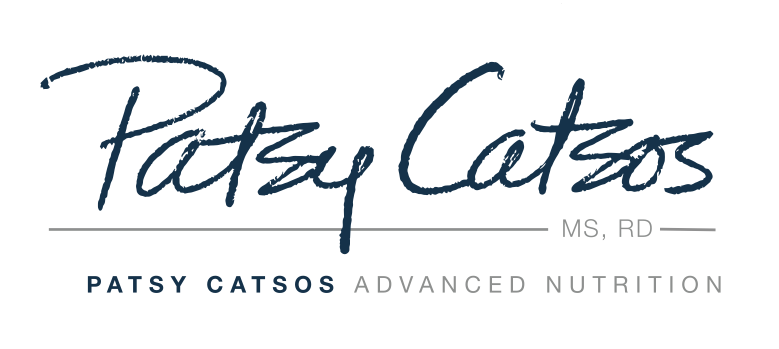Following a precise recipe is all well and good, but once you’re improvising or creating your own recipes, “stacking” your FODMAP portions, how do you steer clear of a FODMAP bomb?
FODMAP bombs. That’s what I call meals or recipes that are over-stacked with FODMAPs. It’s no surprise to me that the following question, asked over on my Facebook page, deals with smoothies, which can turn into FODMAP bombs pretty quickly if you’re not careful.
Q. “Would you mind elaborating a bit about food "stacking" in the same sitting, especially during the elimination phase? For example - can one mix blueberries (40g) and strawberries (50g) when having lactose-free (or dairy-free) yogurt in a sitting? Another - smoothies. Would it be OK to blend bananas (70g) and strawberries (70g) when making a smoothie (Lactose free milk, chia seeds, bananas, strawberries)?”
On the elimination phase of a low-FODMAP diet, the goal is to keep the total FODMAP load of each meal and snack low. Some foods are naturally very low in FODMAPs, so they don’t have to be portion-controlled, but other foods can only fit if the portions are on the small side. And what would happen if we stacked too many portions such foods together in the same sitting? The meal would no longer be low in FODMAPs. Smoothies, I’m looking at you. Big bowl of oatmeal with nuts, fruit, and brown sugar? Boom. Salad loaded with nuts, chevre, fruit, and a sweet or oniony dressing? Too much of a good thing.
My program uses 1/2 cup portions for those fruits and vegetables that must be portion-controlled on the elimination phase of the diet. They are emphasized with bold font.
In my book, The IBS Elimination Diet and Cookbook, I use an original system where foods that must be portion controlled for FODMAPs are printed in a bold font on the food lists. And I suggest that for best results, you limit yourself to the equivalent of two bold servings per meal or snack. Also good to know: the portions in my book tend to be rounded off, so that portions of all bold fruits and vegetables are 1/2 cup, rather than having to count or weigh every different variety of fruit to a different portion standard. Likewise, the portion of all nuts and seeds is 2 tablespoons. (Yes, my method is a little overgeneralized, but it keeps things simple and has worked for thousands of my patients. The truth is that, even if you weigh or count them, certain knowledge of the FODMAPs in the 70 grams of strawberries is an illusion, since they will vary widely in variety, ripeness, sweetness, etc.)
In your example, let’s assume that the smoothie will be your entire meal or snack. Lactose-free milk is not portion controlled, so you could have as much of that as you want. Chia seeds, bananas, and strawberries are all bold, so must be portion-controlled. Using my system, you could have a total of 1/2 cup combined blueberries and strawberries (1 bold serving) plus 2 tablespoons of chia seeds (1 bold serving), for a total of two bold servings in the smoothie. If that sounds like too many chia seeds for you, you could use 1 serving of fruit, ½ a serving of chia and ½ a serving of something else, maybe peanut butter or almond butter, and still have a total of 2 bold servings in the smoothie. That is how "over-stacking" is prevented in my program.
My new book, The IBS Elimination Diet and Cookbook, contains a two-page Smoothie Magic “recipe” to help you make an endless variety of smoothies that are suitable for low-FODMAP diets. Here is a sample combination from Smoothie Magic that is both delicious and low-FODMAP:
Do you know how to put together a smoothie without going overboard on FODMAPs?
¾ cup lactose-free kefir
½ cup ice cubes
½ cup fresh or frozen blueberries (1 bold serving)
1 teaspoon fresh ginger
½ teaspoon fresh turmeric
1 tablespoon fresh lemon juice
1 teaspoon walnut oil
½ tablespoon chia seeds (1/2 bold serving)
1 tablespoon almond butter (1/2 bold serving)
You’ll find lots of tips in the book for prepping ingredients (freeze prepped ginger and fresh turmeric in smoothie-sized foil packets for quick assembly), using smoothies to help you eat your vegetables, and adding protein. Smoothies make a great vehicle for supplements and herbals as well.
This page may contain affiliate links. We are a participant in the Amazon Services LLC Associates Program, an affiliate advertising program designed to provide a means for us to earn fees by linking to Amazon.com and affiliated sites.



